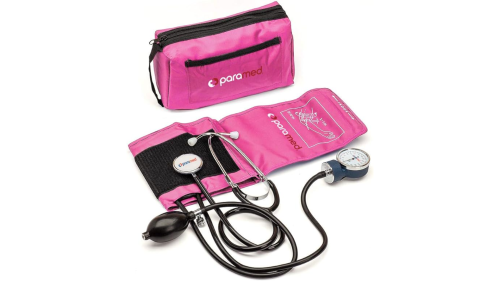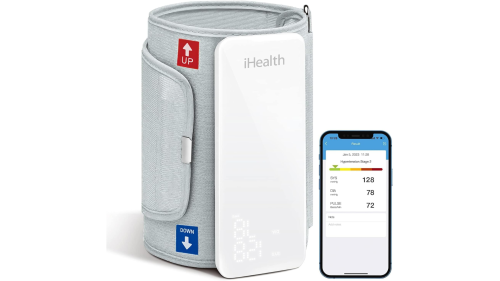By EMS1 staff
BALTIMORE — Blood pressure measurements taken in public spaces show minimal differences compared to those taken in private offices, according to a study published in Annals of Internal Medicine. The findings suggest that public settings could be viable for hypertension screenings, despite previous recommendations favoring quiet environments.
Researchers from Johns Hopkins University conducted a randomized crossover trial with 108 adults in Baltimore. Participants had their blood pressure measured in three different settings: a private, quiet office; a noisy public space; and a noisy public space while wearing earplugs. Each participant underwent triplicate measurements in each location to assess the impact of environmental noise and public settings on blood pressure readings.
The study recorded an average noise level of 37 decibels (dB) in the private office setting, while public locations had an average noise level of 74 dB. The average systolic and diastolic blood pressure readings in the private setting were 128.9 and 74.2 mm Hg, respectively. In the public noisy setting, the readings were 128.3 and 75.9 mm Hg, while in the public setting with earplugs, they were 129.0 and 75.7 mm Hg.
Researchers concluded that the small differences in blood pressure readings across settings were not clinically significant. These results support the feasibility of mass hypertension screenings in public locations such as supermarkets, schools, and places of worship, potentially improving access to early detection and management of high blood pressure.
EMS1 is using generative AI to create some content that is edited and fact-checked by our editors.


















